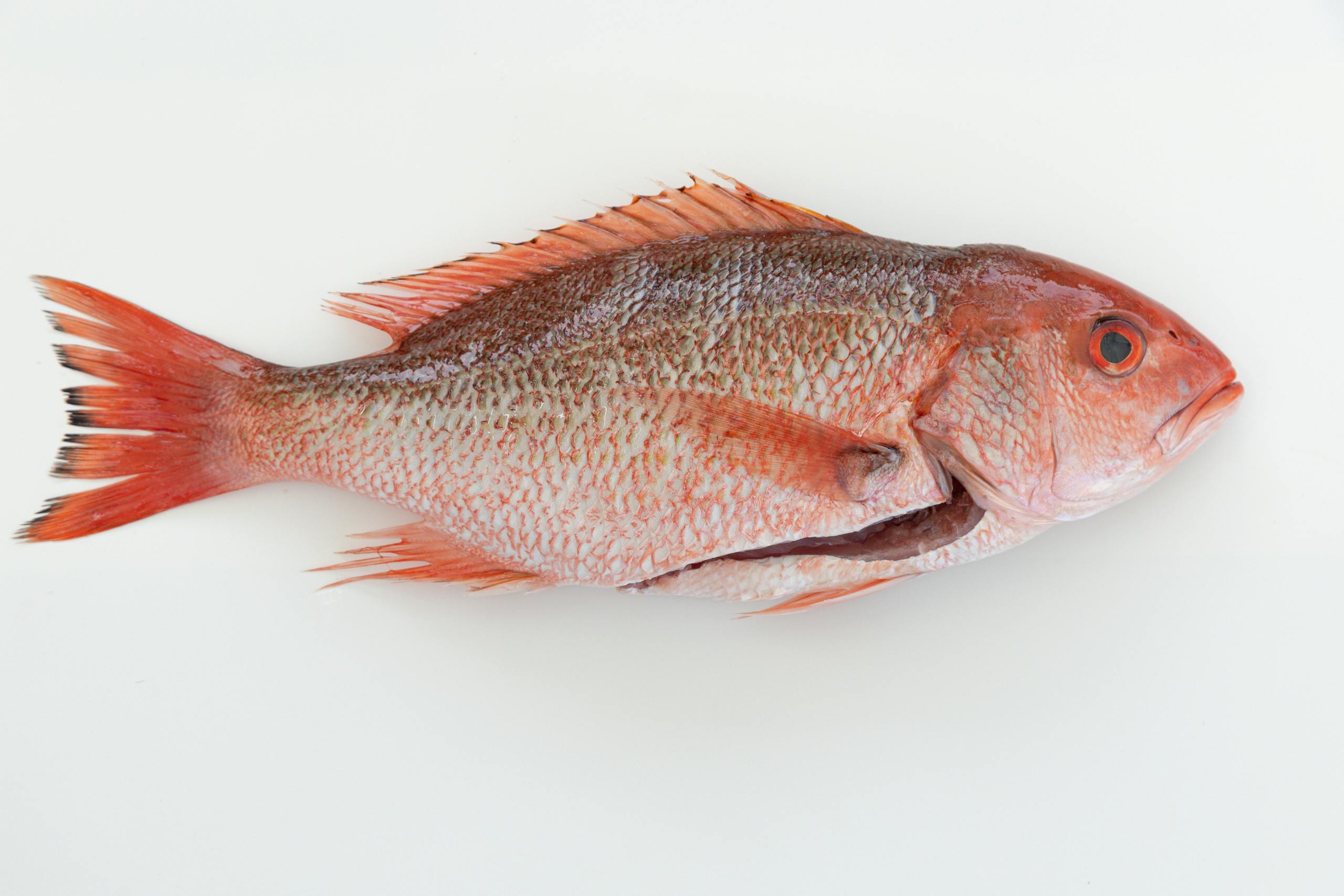
Apply Now



Essential Guide to Freshwater Shrimp for Aquarists
Freshwater shrimp have captured the hearts of aquarium enthusiasts over the years. With their unique shapes, vibrant colors, and fascinating behaviors, they make a perfect addition to any aquatic ecosystem. This guide offers an in-depth look at various aspects of shrimp care, including tank setup, feeding habits, and breeding tips, essential knowledge for anyone aiming to create a thriving shrimp habitat in 2025. Understanding the benefits of shrimp in aquariums is key; not only do they serve as algae cleaners, but they also promote biodiversity. As a beginner or a seasoned aquarist, this article will explore the best practices for shrimp care, compatibility with other tank mates, and how to maintain optimal health for your shrimp. By the end of this guide, you will be well-equipped with the knowledge needed to successfully keep and breed freshwater shrimp, ensuring they flourish in your aquarium.Setting Up Your Shrimp Tank: Essentials for Success
Creating a suitable environment for your aquarium shrimp is paramount for their health and well-being. Start by ensuring that your shrimp tank is adequately sized; a minimum of 10 gallons is recommended for shrimp colonies, which allows ample swimming space and helps maintain stable water parameters.Choosing the Right Substrate for Shrimp
The substrate plays a crucial role in a shrimp tank. Opt for fine gravel or sand, as these materials won’t damage the delicate antennae of shrimp. Additionally, substrates enriched with nutrients help in growing plants, providing food and hiding spots for shrimp. Peat moss can also be an excellent addition, offering a natural buffer against pH fluctuations. When setting up your shrimp habitat, consider the density of your substrate layer—around 1-2 inches is sufficient. This will facilitate effective filtration while ensuring shrimp can burrow and forage. Investing in high-quality substrate is a worthwhile step toward long-term success in shrimp care.Optimal Water Parameters for Shrimp
Maintaining stable water parameters is vital for shrimp longevity. Ideal conditions include a pH between 6.5 and 7.5 and a temperature range of 72-78°F. Regular testing of ammonia, nitrites, and nitrates is important, as shrimp are sensitive to water quality. Consider implementing a reliable filtration system to provide excellent water clarity and oxygenation. Shrimp thrive in environments with little water movement, so a sponge filter can be effective as it offers gentle filtration while preventing shrimp from getting sucked into the system.Aquarium Plants for Shrimp: Hiding and Foraging Opportunities
Adding aquatic plants enriches your shrimp tank's environment. Plants provide shelter from potential threats and a source of biofilm and detritus for shrimp to graze on. Fast-growing plants, such as hornwort and java fern, are excellent choices for maintaining water quality. Incorporating moss, like Christmas moss or java moss, is also beneficial. Not only do they serve as natural filtration, but they create a lush habitat, enhancing the aesthetic of your aquarium while acting as an additional food source.Compatibility: Choosing the Right Shrimp and Tank Mates
When it comes to shrimp compatibility, select peaceful species that coexist harmoniously with your chosen shrimp type. Cherry shrimp are a popular choice for beginners due to their resilience and vibrant coloring. However, avoid tank mates that may pose a threat, such as larger fish. Fish like guppies and tetras can coexist successfully if they aren’t aggressive. Researching shrimp compatibility charts can guide your selections and ensure harmony within your aquarium.
Feeding Your Shrimp: Nutrition and Diet
Proper nutrition is essential for shrimp health. A balanced diet will promote growth, vibrant colors, and successful breeding. As scavengers, shrimp exhibit diverse feeding habits, feeding primarily on algae, biofilm, and detritus in their natural habitats.Types of Shrimp Food: What to Provide
Shrimp food comes in many forms, including pellets, flakes, and freeze-dried options. High-quality shrimp food options ensure they receive the necessary vitamins and minerals. Look for reputable brands known for premium shrimp food, as the right diet significantly impacts your shrimp's overall health. Additionally, fresh vegetables like blanched zucchini, spinach, or carrots can be offered as supplements. Start with small portions to prevent waste, and remove uneaten food promptly to maintain water quality.Creating a Feeding Schedule
Establishing a feeding regimen can enhance shrimp growth and health. Offer food in small amounts once or twice a day, remembering that shrimp can overeat, leading to water quality issues. Introducing varied diets will prevent nutritional deficiency and encourage vibrant coloration, enhancing shrimp health and longevity. Monitoring their feeding habits can also indicate their health; active feeding suggests shrimp are comfortable in their environment. Conversely, a lack of feeding may indicate stress or health problems, necessitating a health check.Understanding Shrimp Molting and Its Importance
Molting is a vital process for shrimp growth, allowing them to shed their exoskeleton and grow larger. This process can be stressful, and knowing the signs is essential for successful shrimp care. Provide ample hiding spots for shrimp during molting, as they may become more vulnerable during this period. Ensure optimal water quality and maintain a soft substrate to supporthealthy molting. Monitor your shrimp closely during this phase to identify any potential molting issues.Breeding Shrimp: Techniques and Best Practices
Breeding shrimp can be a rewarding endeavor, particularly for popular species like cherry shrimp. Understanding the basics of shrimp breeding is key to your success in replicating their natural breeding conditions.Setting Up a Breeding Tank
A dedicated breeding tank is ideal for fostering a safe environment. Keep this tank well-planted with plenty of hiding spots to ensure safety for both the adults and their young. Maintain stable water conditions, including the ideal temperature and pH levels mentioned earlier. Ensure your breeding tank is cycled and mature for at least a few weeks before introducing shrimp.Identifying Breeding Behavior and Success Indicators
Watch for specific breeding behaviors, such as females displaying a darker coloration or carrying eggs, which indicates readiness to breed. Successful breeding can result in shrimp fry appearing within a few weeks. Ensure proper care for baby shrimp by providing finely crushed food and offering hiding spots to protect them from more aggressive tank mates. Maintaining good water quality is essential during this time for the growth and survival of the fry.Common Challenges in Shrimp Breeding
Challenges such as disease outbreaks or incompatible tank mates can hinder successful breeding. Monitoring water parameters and conducting regular health checks on your shrimp can help prevent health issues. If experiencing drops in shrimp populations, reassess the tank’s environment for stressors, contaminants, or aggressive tank mates. Early intervention ensures the health of both adults and fry.Maintaining Your Shrimp Tank: Routine and Tips
Maintaining your shrimp tank becomes a vital aspect of ensuring their health and happiness over time. Routine checks and care can make a significant difference in the longevity of your shrimp colony.Water Changes and Quality Management
Performing regular water changes is essential to maintain water quality. Aim for 10-15% water changes weekly. This prevents a buildup of toxins and helps manage ammonia levels. Use a water conditioner to ensure safety and balance during changes. Alongside regular water changes, checking the water parameters frequently will assist in keeping your shrimp happy. Ensure your tank has properly functioning filtration and aeration to support a healthy shrimp tank ecosystem.
Common Pests and Disease Prevention
Keeping an eye out for potential pests and shrimp diseases is crucial. Regular health checks should be conducted to catch any signs of illness early. Offering quality food and maintaining clean water can bolster shrimp health and lower susceptibility to diseases. Setting up your tank with appropriate partners can also prevent predation. Avoid introducing pests that may harm your shrimp, and handle new plants with caution to avoid introducing unwanted visitors.Understanding Shrimp Behavioral Traits
Observing shrimp behavior is key to understanding their well-being. Shrimp are often active swimmers, especially when comfortable in their environment. Look for signs of stress, such as hiding excessively or abnormal swimming patterns. Developing your knowledge of shrimp behavioral traits also aids in managing their needs effectively. Building a captivating shrimp habitat ensures that your fish stay happy and healthy as they thrive within their aquatic home.Q&A Section: Common Concerns and Solutions
What Are the Best Shrimp for Beginners?
Cherry shrimp and ghost shrimp are excellent starter species due to their hardiness and relatively low maintenance. They adapt well to community tanks and contribute positively to the ecosystem.How Do I Know if My Shrimp Are Healthy?
Healthy shrimp exhibit vibrant colors, active behavior, and a willingness to eat regularly. Monitor for signs of molting, as this indicates growth, and check for any symptoms of illness, such as lethargy or discoloration.What Are the Common Diseases in Shrimp?
Common diseases include bacterial infections, shell rot, and parasites. Regular health checks and maintaining good water quality can help prevent these issues from becoming widespread.How Often Should I Feed My Shrimp?
Feed shrimp once or twice daily, offering small amounts to prevent overfeeding. Remember that uneaten food can lead to poor water quality.Can I Keep Shrimp with Fish?
Many fish can coexist with shrimp, but it's essential to choose peaceful tank mates. Research compatible species to ensure a harmonious environment.